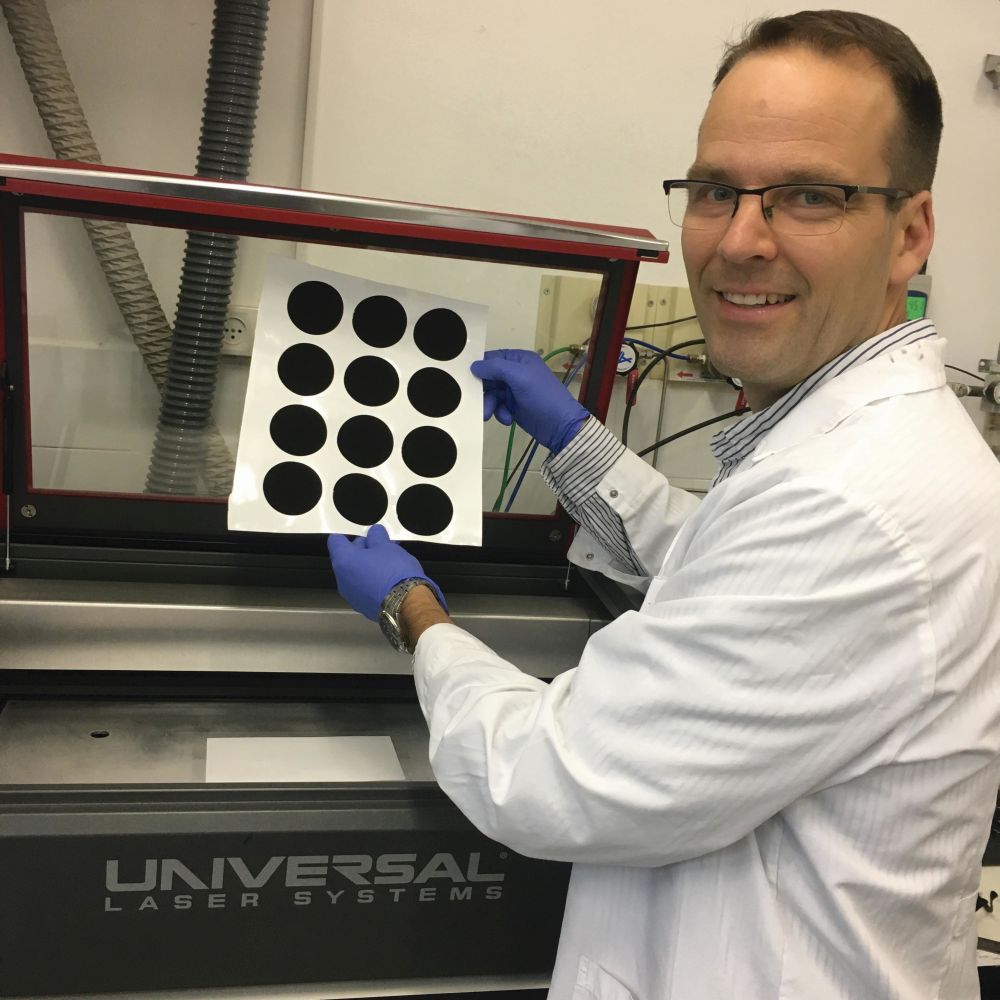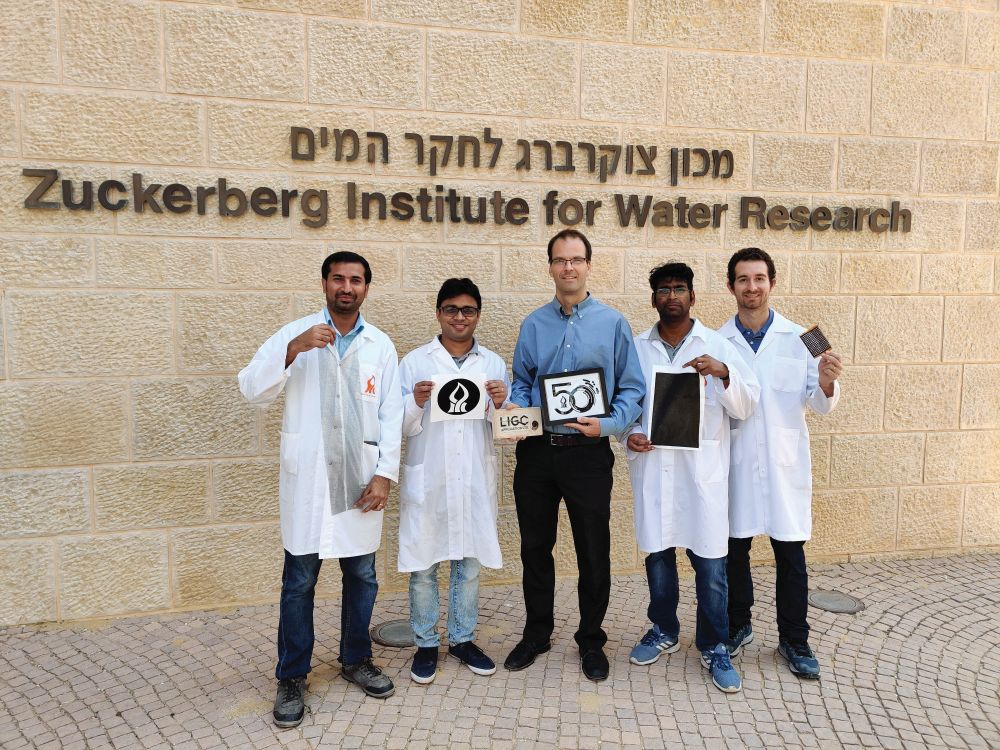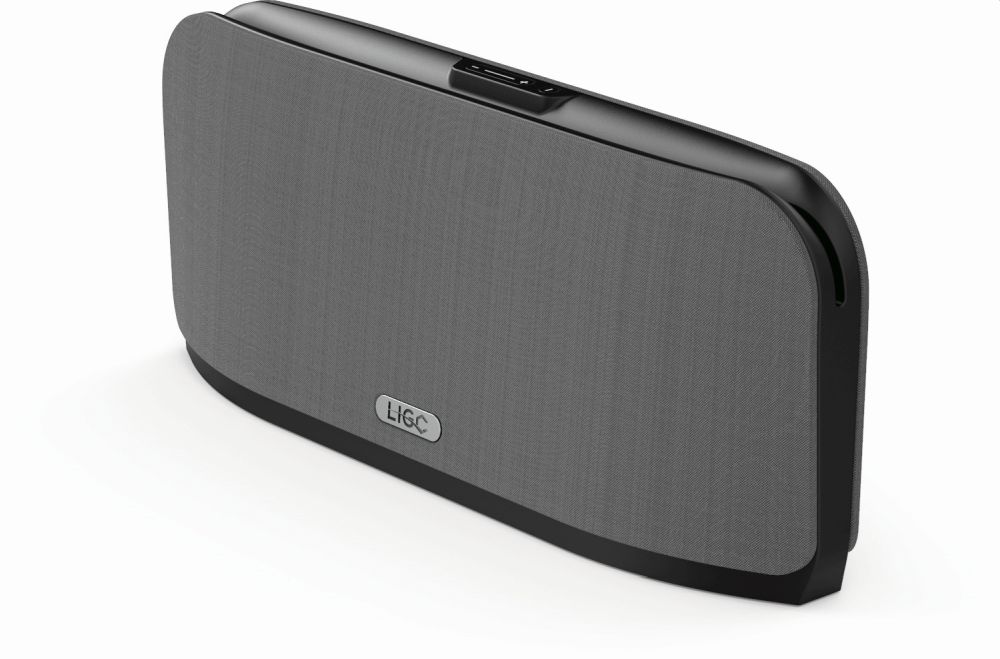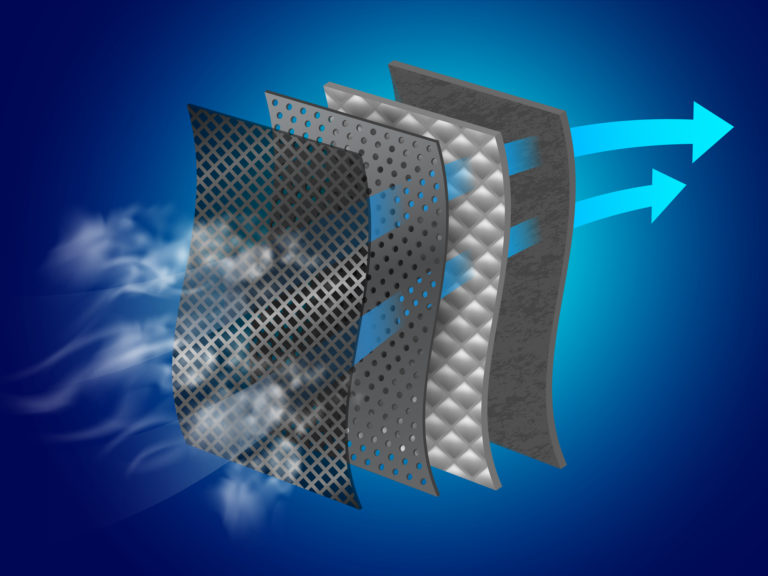Researchers have developed new ways to use the extremely versatile material graphene, and a company is now building on that work to manufacture an air-filtration device that kills bacteria and viruses—including the virus responsible for coronavirus disease 2019 (COVID-19)—on contact.
Called VirusWall, the device is designed to be placed between individuals, draw in their exhaled air, kill, or disable the pathogens as they move through its graphene-based filter, and release cleaned air, said Yehuda Borenstein, the cofounder and chief executive officer at LIGC Application, Haifa, Israel, which is planning a commercial launch of VirusWall in March 2021. Although COVID-19 protection is the primary objective at the moment, he said, the device will act as a weapon against all bacteria and viruses, including antibiotic-resistant “superbugs,” so its uses will extend well beyond the end of the pandemic.
Graphene boost
The technology for the device grew out of a partnership between research groups at Rice University, Houston, TX, USA and at the Zuckerberg Institute for Water Research, Ben-Gurion University of the Negev (BGU), Beer-Sheva, Israel, both of which were working on graphene-related projects. Often described as a “super material,” graphene is a form of carbon that measures just one atom thick. It is the thinnest and strongest material known, and is flexible, transparent, and highly conductive of both electricity and heat [1], [2].
At Rice, researchers recently published research showing they could make a flexible air filter from porous and conductive graphene foam, called laser-induced graphene or LIG (it is produced with a CO2 laser cutter), and when they added small electrical pulses, it could kill airborne pathogens [3]. This work came out of the lab of James Tour, Ph.D., T. T. and W. F. Chao Professor of Chemistry, and professor of materials science and nanoengineering.

Some 7000 miles away, the research group of Chris Arnusch, Ph.D., senior lecturer in BGU’s department of desalination and water treatment (Figures 1 and 2), had been devising water-filtration membranes using graphene, and had found that these membranes were capable of killing bacteria in water by applying low-voltage electricity [4]. Additional tests show the membranes were also highly effective against viruses, and Arnusch hopes to have those results published soon.

While working on the water-filtration membranes, Arnusch also became interested in LIG’s potential for air filtration. “After these examples of water filtration, and the Rice University work showing that the material could also be constituted as an air filter,” he said, “we at BGU continued the research to develop and optimize new configurations for air filtration.”
Going to market
LIGC Application also saw the promise of LIG products and had been in contact with BGU and Rice to develop a commercial, graphene, water-filtration approach. Once the COVID-19 pandemic emerged, Borenstein said, the company licensed the technology from Rice and BGU’s tech-transfer arm (BGN Technologies Ltd.) and began looking into the possibility of developing a COVID-virus-fighting air filter. “We were able to secure an investment from a company in Wuhan, China, where the virus started,” he said. LIGC is using the $3 million USD investment from Hubei Forbon Technology Co. Ltd. to scale-up the manufacture of the air filters and develop LIG products. LIGC’s initial project was a face mask, but it has now moved on to the VirusWall (Figure 3), which will be its first commercially marketed product.
Borenstein described VirusWall as somewhat akin to a bug zapper or an electric fence: Airborne pathogens enter the device and a low electrical charge deactivates them. Tests are under way now to verify its effectiveness against viruses, but he anticipates it will perform with the same high efficiency as the water-filtration membranes.
Because the device draws in air from the sides and releases it from the top, he added, it works as a shield to keep respiratory droplets from traveling between people sitting or standing across from one another. For instance, a device set on a conference table between workers would keep both safe without a need for one of the plastic dividers that have become so common in offices and other indoor spaces, Borenstein said. Likewise, the device would be useful in such enclosed indoor places as buses, planes, or other public-transit sites, classrooms, and hospitals. For the latter, a device placed between hospital beds would be especially helpful for decreasing the spread of antibiotic-resistant superbugs, he remarked.

As the launch of VirusWall nears, Borenstein hinted that LIGC has several other “really cool” ideas in the works, although he is not ready to divulge any details yet. “We believe we can come out with products that will supply high-quality air that is cleaned of viruses and bacteria and (do so) for all types of buildings, and it all extends from the unique properties of this graphene filter.”
References
- K. S. Novoselov et al., “Electric field effect in atomically thin carbon films,” Sci., vol. 306, no. 5696, pp. 666–669, Oct. 2004.
- The Royal Swedish Academy of Sciences, “Graphene—The perfect atomic lattice,” press release, Oct. 5, 2010. Accessed: Dec. 1, 2019. [Online]. Available: https://www.nobelprize.org/uploads/2018/06/press-9.pdf
- M. G. Stanford et al., “Self-sterilizing laser-induced graphene bacterial air filter,” ACS Nano., vol. 13, no. 10, pp. 11912–11920, Oct. 2019.
- A. Thakur et al., “Graphene oxide on laser-induced graphene filters for antifouling, electrically conductive ultrafiltration membranes,” J. Membr. Sci., vol. 591, Dec. 2019, Art. no. 117322.



